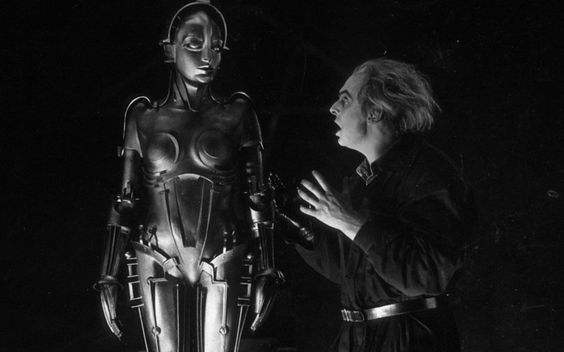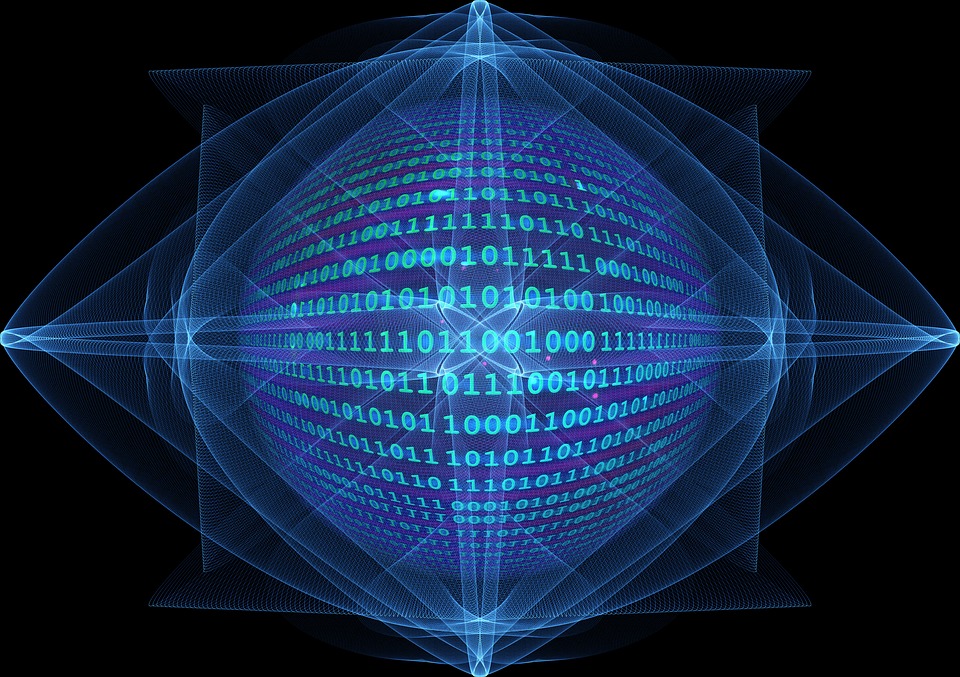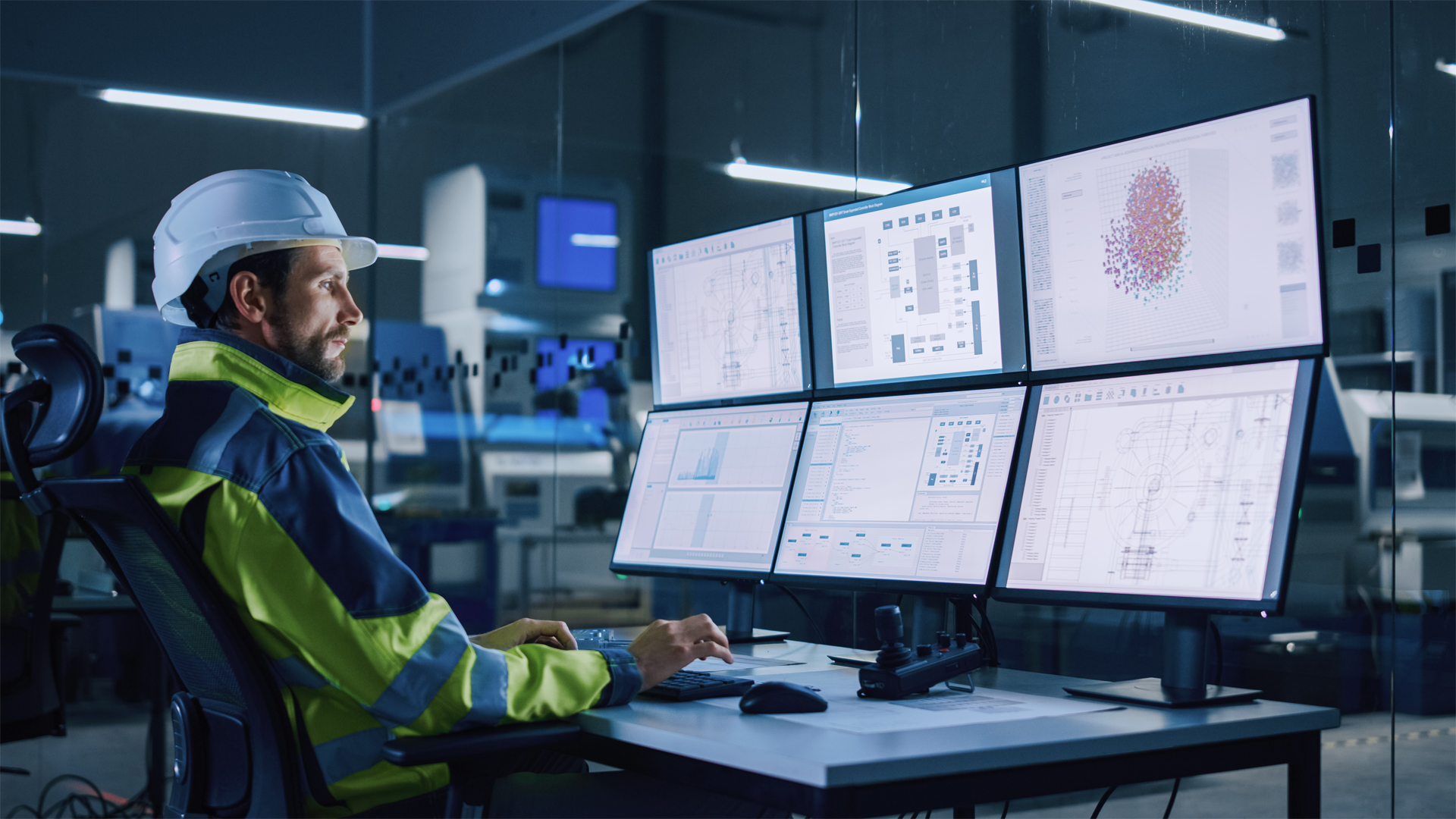It is very likely that you have read or heard the expression artificial intelligence at some point. The regular use of this term, is linked to some interesting concepts.
One of them is the presence of the term in works of science fiction, either in movies or literature. Another is the increasing use of this technology in areas that are closer and closer to our daily routines.
Still, even with its popularization, either through popular culture or the market, talking about artificial intelligence can be confusing for some people. Such confusion creates room for myths (and fears).
Machines replacing humans?
Will we be controlled by artificial intelligence?
This mystification and lack of understanding may be due to the image disseminated from fictional productions and also to the apparent distance between technology and the common user. What is, after all, artificial intelligence and how do we engage with it?
Between fiction and reality

The movement of bringing the idea of machines that think by themselves into popular culture is not new. Back in the last century, in the 1920s, the movie Metropolis began circulating, a production by Fritz Lang that had an android character in its plot, a robot gifted with intelligence.
This term ‘android’ is often associated with the idea of artificial intelligence, and in many works of fiction it is associated with villains, or those who represent a threat to humanity.
Fear in these cases can be understood as a response to what was not known and in most cases had not even existed yet.
The fact is that more or less in the 1930s, the British scientist and mathematician Alan Turing developed a machine capable of carrying out logical operations autonomously.
Turing’s story was even adapted into a movie in 2014.
This temporal proximity between fiction and reality of artificial intelligence is important for us to understand how our grasp of smart systems has developed.
Language is everything

The first tools, even before the development of computers, that were capable of processing information, based their operations on the development of simple, logical languages.
Typically using binary codes, or trial and error schemes (yes and no, right and wrong), creating a chain of events that unfolded automatically.
From simple chains and a little data, the processing languages became more complex, resulting in an increase in the machines’ capacity.
Today, artificial intelligence is associated with another idea, the algorithm, or a sequence of actions that can bring solutions to certain problems. It is like using a streaming platform and always receiving recommendations for content that we like.
This ability to build solutions is directly related to the ability to generate, store and process information. And what is language, the one we use to communicate, if not a large set of information that we generate, store and process?
Network processing
In us humans and other animals, information is generated, stored and processed in our brains. These are large machines capable of recognizing the world around us, identifying information, and creating responses to the stimuli we receive.
They store the information we learn from the very first moments of our lives. Whenever necessary, the data we have stored is mobilized and we are able to create responses.
It may sound strange, but artificial systems that function automatically are based on the same principle. First a language must be built that is capable of processing a large set of data.
Data is collected on production lines, in social media applications, on streaming platforms, and in banking systems, for example. It can be stored on large servers and nowadays in large files that run in cloud storage.
In order to be analyzed successfully, the stored sets of information need to travel along paths that open up within the intelligence language responsible for their analysis.This trial a
nd error scheme, in a very simplistic way, can be useful to understand how these paths work.
If I listen to only the first few seconds of a song and move on to another, the intelligence of a music application understands that this content is of no interest to me.
Associated with the content is a set of information that can categorize and identify it. Style, genre, singer, composer, nationality. This is information that can be used to help recognize which path to follow.
Similarly, in a production or distribution line, it is possible to recognize, for example, if a package with code X should go left or right.
Or in which truck it should be loaded for distribution.
Solutions for industries

In Industry 4.0, which uses automated solutions for data generation, storage, processing, and transmission, artificial intelligence is a great differentiator.
The advantages that come from using it are directed to optimizing internal processes – the production and assembly lines – and those of the distribution part – such as transportation.
Today, barcode reading systems that are based on artificial intelligence have become a reality. One example is RapidRx, software developed by TrackTraceRx, a global leader in product traceability solutions.
Where do we go from here?
Perhaps because of the proximity between fiction and artificial intelligence, it is not unusual for us to wonder how these innovations will unfold.
At the beginning of this article you saw the question: “Machines replacing humans?
The answer is: no.
The use of artificial intelligence is still dependent on humans who can operate the tools and control the languages they operate with.
This makes it increasingly necessary to train employees to be able to carry out their duties using artificial intelligence.
Even a negative answer to the question brings some peace of mind to science fiction lovers. For the time being we will keep out of The Matrix.
Are you interested in the subject and want to learn more about the use of artificial intelligence in production chains? Don’t miss out on TrackTraceRx solutions.




